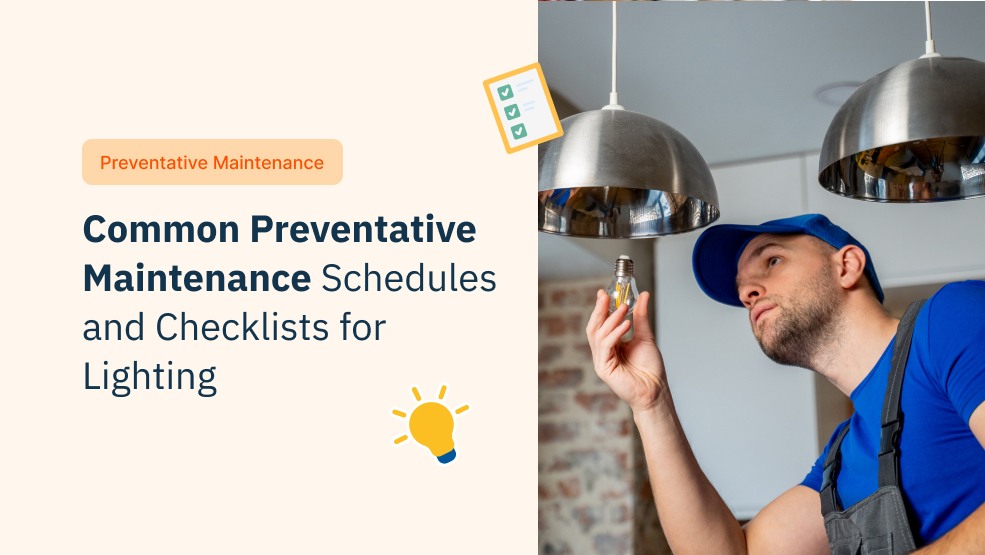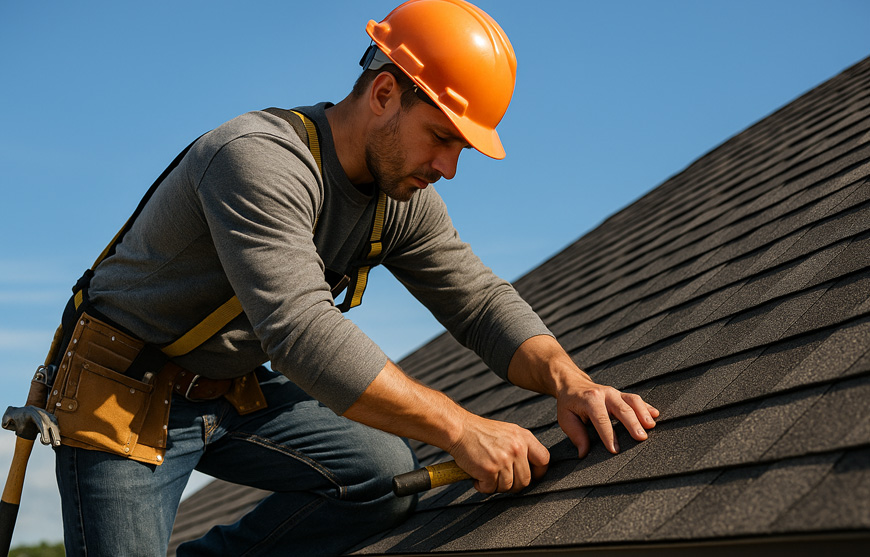In 2024, the revenue generated in the lighting market in the United States amounted to $30.66 billion. According to the projected Compound Annual Growth Rate (CAGR) from 2024 to 2028, the market is expected to grow by 3.78% annually. The United States is undergoing a lighting revolution where Federal regulations are being updated, and states like Vermont are leading the charge—banning the sale of certain types of fluorescent lamps by 2024. This shift paves the way for LED adoption across the country and the world. The global shift to energy-efficient lighting is upon us, with nearly 90 countries having adopted Minimum Energy Performance Standards (MEPS), effectively banning inefficient lighting products. This has dramatically reduced lighting energy consumption worldwide, with almost 80% covered by such standards and a notably high adoption rate of 90% in the United States, Europe, and China.
Continued LED deployment and lighting efficiency growth pave the way for a brighter future. About 50% of global residential lighting sales are in demand for LED technology in many countries, and fluorescent lighting is phased out, solidifying LED as the dominant technology. With nearly half of the global residential lighting sales embracing LEDs, this shift aligns perfectly with the Net Zero Emissions by the 2050 Scenario. However, to achieve this goal, sustained progress is crucial. By 2030, all the countries must transition to predominantly LED technology, prioritizing even greater efficiency standards.
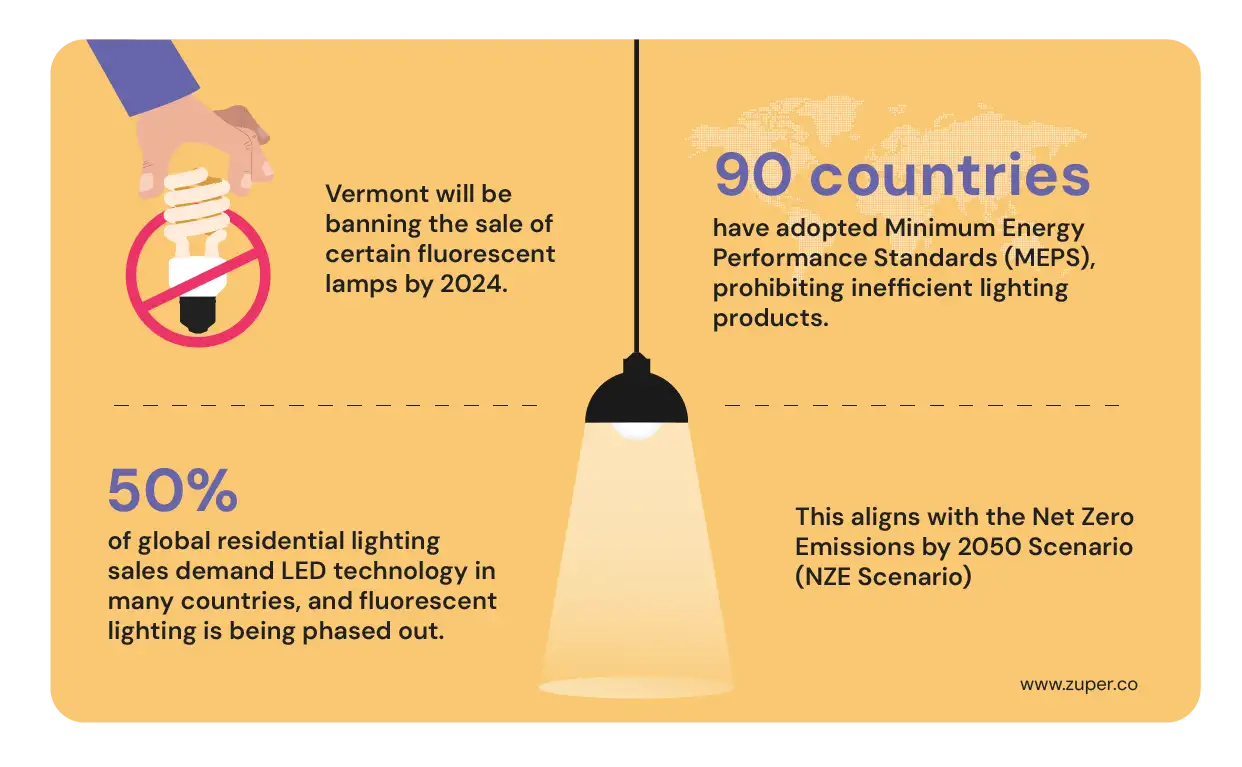
The rise of energy-efficient LED lighting has further emphasized the importance of preventative maintenance. While LEDs offer numerous benefits, including extended lifespans and lower energy consumption, they still require diligent care to maintain brilliance. Regular cleaning, component inspections, and performance testing can help maximize the return on your LED lighting investment, prolonging its lifespan and preserving its energy-saving capabilities. With a systematic approach to preventive maintenance, you can avoid the disruptive and costly consequences of unexpected lighting failures. Identifying and addressing minor issues before they spiral can minimize downtime, reduce maintenance costs, and ensure your spaces maintain a consistently high illumination level. This demonstrates your commitment to optimal energy efficiency and a commitment to sustaining our environment for future generations.
Light up your savings, why prioritizing preventative maintenance pays off
For many, lighting has become an afterthought; with just a flick of a switch, the entire area lights up. However, lighting systems require regular care to function optimally like any well-oiled machine. Preventative maintenance goes beyond simply replacing burnt-out bulbs. It’s a strategic approach that maximizes efficiency, minimizes disruptions, and extends the lifespan of your lighting systems. The benefits of preventive maintenance are undeniable, with lower energy bills, fewer headaches, and a safer environment. Let’s explore the steps you can take to keep your lights shining brightly and your wallet happy.
Supercharge your energy savings
Preventative maintenance isn’t just about keeping the lights on; it’s about keeping your energy expenditure in check. Regular cleaning and inspections ensure that lighting systems operate efficiently. Addressing minor issues before they escalate can prevent wasted energy from inefficient bulbs or dirty fixtures. This proactive approach will positively impact your utility bills and translate to financial savings.
Minimize downtime and disruptions
Unexpected lighting outages can disrupt workflows, halt productivity, and leave you fumbling in the dark. Preventative maintenance acts as a shield, proactively identifying potential problems before they escalate. Loose wiring, flickering bulbs, or failing components can all be caught early on. This prevents frustrating downtime and ensures a smooth flow of operations in your commercial space or provides consistent bright lighting in our homes.
Extend the lifespan of your investment
Lighting systems represent a significant investment, and preventative maintenance is your key to maximizing their lifespan. Regular cleaning removes dust buildup that can trap heat and shorten the lifespan of fixtures. Proactive inspections can identify minor issues that, if left unattended, could lead to premature failure. By investing in preventative measures, you’re essentially extending the lifespan of your lighting systems, saving money on costly replacements down the line.
Prioritize safety and peace of mind
Lighting systems, especially older ones, can harbor electrical hazards if neglected. Preventative maintenance acts as a safety net, allowing you to identify and address potential electrical issues before they pose a risk. Loose connections, faulty wiring, or damaged components can all be identified and addressed during routine inspections, ensuring everyone’s safety.
Enhance aesthetics and create a brighter ambiance
Clean, well-maintained lighting fixtures illuminate a space effectively and contribute significantly to its overall aesthetics. Dusty fixtures can dim the light and create a dull atmosphere. Preventative maintenance ensures your lighting fixtures are sparkling clean, allowing them to cast a bright and inviting light and enhance any space’s overall look and feel.
By embracing preventative lighting maintenance, you’re not just safeguarding your systems; you’re investing in a brighter future, one that’s energy-efficient, cost-effective, safe, and aesthetically pleasing. So, take a proactive approach, prioritize preventative maintenance, and your lights will shine for years.
Building a preventative maintenance schedule
Like a doctor would recommend regular checkups, your lighting systems require inspections to ensure optimal health. This proactive approach identifies potential problems before they escalate, preventing costly breakdowns and disruptions. Regular inspections are the foundation of a preventative approach, here’s a roadmap to help you conduct comprehensive inspections tailored for different lighting systems.
Burnt-out bulbs and flickering lights are telltale signs of a failing light source. Prompt replacement ensures optimal illumination and prevents strain on the system. Flickering can also indicate loose connections or a failing ballast, so further investigation might be needed. Dust and debris accumulating on fixtures over time act like a tiny blanket, trapping heat and reducing lighting efficiency. A quick swipe with a microfiber cloth on bulbs and diffusers removes dust buildup, allowing fixtures to operate at peak performance.
Safety is paramount; looking for signs of wear and tear on wiring and connections or any visible damage to the insulation should be a routine check. If left unattended for long periods, it can lead to electrical hazards or even fires. If you spot anything concerning, don’t hesitate to consult a qualified electrician to address the problem before it becomes a significant safety risk. Loose components or damaged housing can compromise the stability of a fixture and potentially damage electrical connections; tightening them ensures everything stays secure. Damaged housing exposes electrical components to dust and moisture, so promptly address any cracks or breaks to maintain system integrity and safety. Inspections provide a valuable snapshot, but regular maintenance is equally crucial. Following these steps will help you establish a robust preventative maintenance program that safeguards your lighting systems and keeps them illuminating your space for years. Here are a few simple steps to help you streamline your routine.
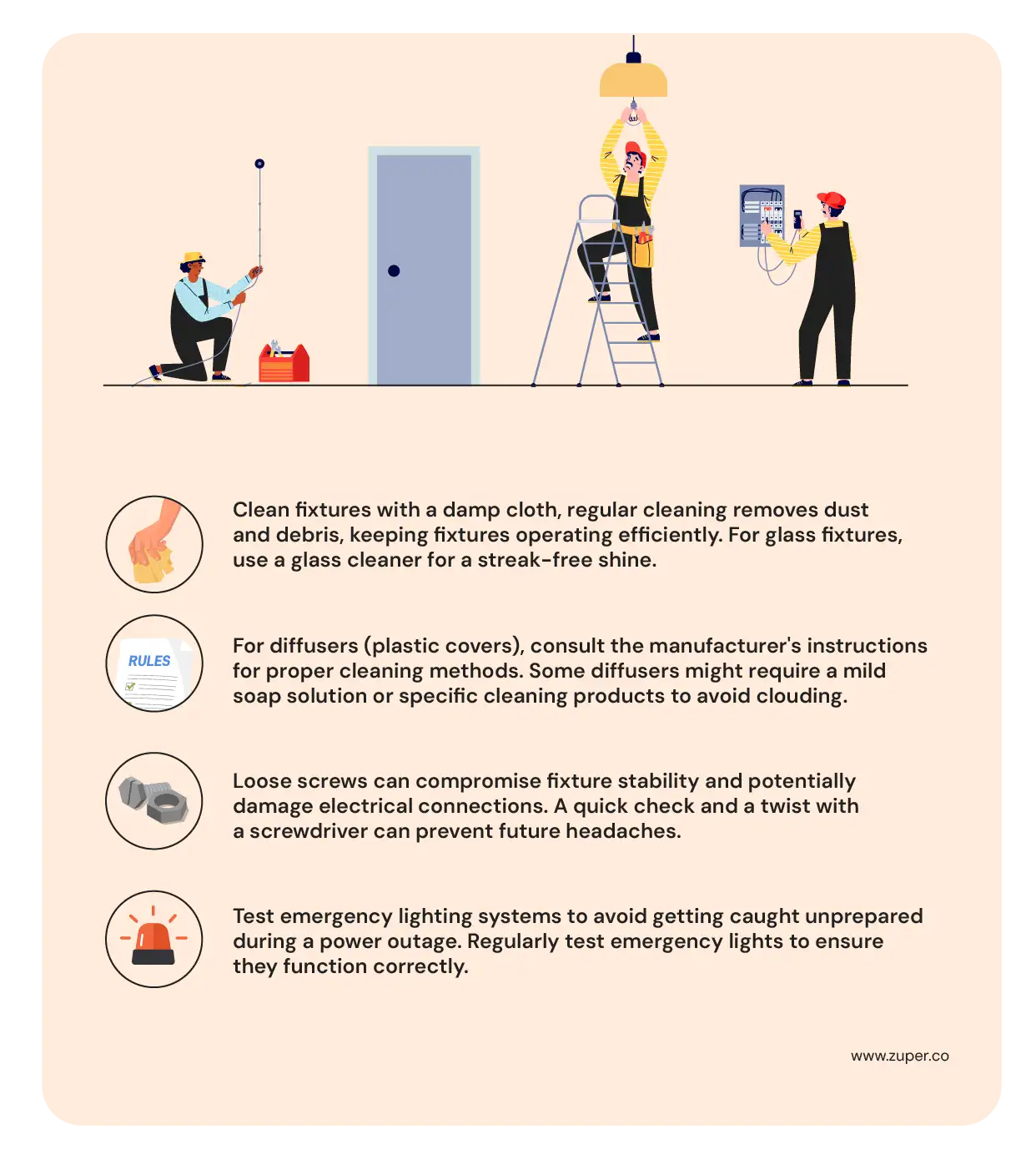
Incorporating these simple tips equips you to tackle essential maintenance tasks during inspections. Maintaining a routine will help you well on your way to keeping your lighting systems operating at peak performance and extending their lifespan for years to come.
While the core maintenance principles remain the same, some lighting systems have unique needs; for example, LEDs boast impressive lifespans, but proper thermal management is crucial. Regularly inspect heat sinks for dust buildup that can trap heat and shorten the lifespan of your lighting system. Additionally, monitor driver health, drivers regulate the power supply to the LEDs, and their performance can impact overall system efficiency. Consulting the manufacturer’s recommendations for driver maintenance is recommended when using LEDs.
When we look at outdoor lighting, we see that Mother Nature throws a lot at these lighting systems. So, regularly inspecting for signs of moisture damage, corrosion, or weather-related wear on fixtures and wiring is essential. Ensure all seals and gaskets are intact to prevent water intrusion. Depending on your location, consider adjusting lighting schedules seasonally. For example, shorter daylight hours in winter might necessitate earlier activation of outdoor lighting. Tailoring your maintenance approach to address these specific needs can maximize the lifespan and performance of your lighting systems, ensuring a brighter and more efficient tomorrow.
Electrical safety considerations for lighting
While seemingly simple, electrical lighting systems involve working with electricity, which demands a healthy dose of respect. Before embarking on any maintenance task, prioritizing electrical safety is non-negotiable. While it may seem obvious, it’s worth reiterating that proper lockout/tagout procedures are always followed to de-energize the circuit before performing any maintenance on lighting systems. This involves shutting off the power at the breaker box and verifying with a voltage tester that the circuit is off. Never underestimate the power of electricity; a single mistake can have serious consequences.
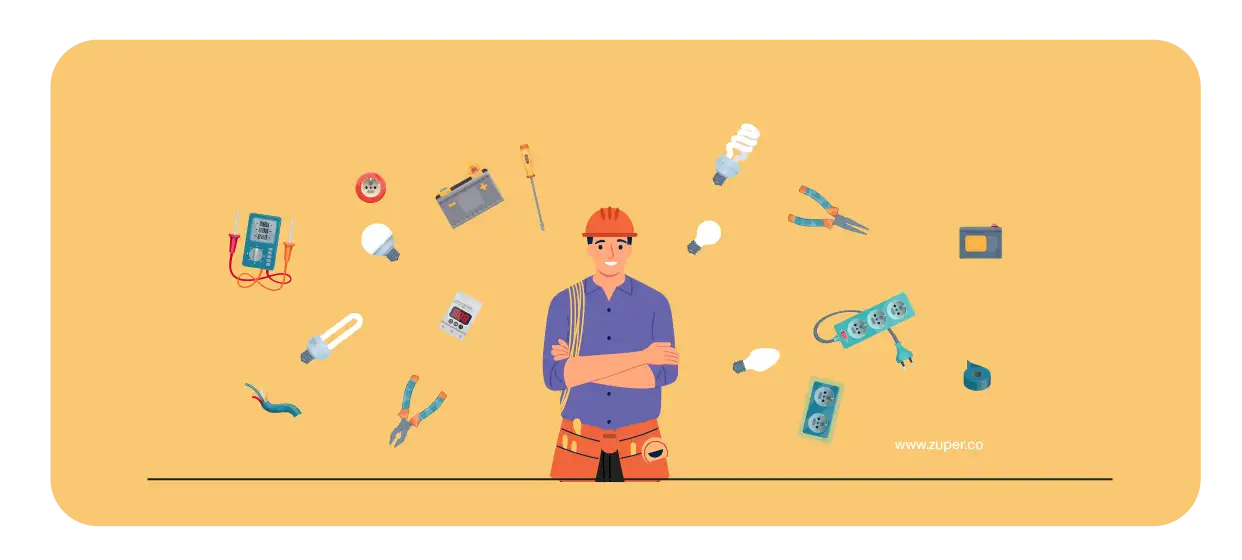
Similar to how soldiers don their armor before battle, you, too, need proper personal protective equipment (PPE) when working on lighting systems. This includes insulated gloves rated for the voltage of the system you’re working on. Safety glasses are essential to protect your eyes from falling debris or sparks. Depending on the task, you might also consider using a non-conductive mat to insulate yourself from the ground.
If you’re replacing bulbs or performing maintenance on high-mounted fixtures, working at heights introduces another layer of risk. Always use a sturdy ladder or scaffolding that provides secure footing. Ensure the ladder is positioned on a level surface and secured to prevent tipping. If you’re unsure about working at heights, don’t hesitate to seek help from a qualified electrician.
While preventative maintenance offers numerous benefits, it’s important to be honest about your skill set. Don’t hesitate to call a professional electrician if a task appears complex or involves rewiring fixtures, replacing ballasts, or working with high-voltage systems. They possess the expertise and experience to handle these tasks safely and efficiently. Remember, safety is not a suggestion; it’s a necessity. By prioritizing electrical safety protocols, you can ensure that your lighting maintenance endeavors are successful and, most importantly, prevent any potential electrical hazards. Let’s keep the lights on and everyone safe.
Eco-friendly lighting maintenance practices
Let’s explore how a proactive approach translates into a greener footprint. By keeping your lighting systems functioning optimally, you can significantly extend their lifespan. Think about it—a well-maintained LED fixture, known for its impressive longevity, can operate flawlessly for years. This translates to fewer replacements ending up in landfills, reducing overall waste and decreasing the environmental impact associated with manufacturing new fixtures. Regular cleaning also plays a part; dust buildup on bulbs and fixtures can lead to energy inefficiency, as the system must work harder to achieve the desired light levels. Preventative maintenance ensures your lighting operates efficiently, minimizing energy consumption and lowering your carbon footprint.
Sustainable lighting practices go beyond simply maintaining existing systems. The concept of “right-sizing” your lighting systems deserves attention. Imagine an office space bathed in excessive, harsh light. Not only is it unpleasant for occupants, but it’s also a waste of energy. Regular audits can help identify areas where lighting levels can be adjusted, perhaps by utilizing task lighting or taking advantage of natural daylight. Right-sizing your system to meet the needs of a particular space can significantly reduce energy consumption, contributing to a more sustainable future.

Let’s also consider the cleaning products we use; many conventional cleaning solutions contain harsh chemicals that can harm the environment. Opting for eco-friendly cleaning products specifically formulated for lighting fixtures is a responsible choice. These products are often biodegradable and less toxic, minimizing the environmental impact of your maintenance routine. Preventative maintenance and sustainable lighting practices go hand-in-hand. It not only extends the lifespan of lighting systems but also minimizes energy consumption through right-sizing and using eco-friendly cleaning products. You can contribute to a brighter and more sustainable future, one where light illuminates our lives without casting a shadow on the environment.
A brighter future for your lighting systems
This journey through lighting maintenance has hopefully illuminated the path to a brighter future for your lighting systems. You’ll ensure optimal performance by implementing the strategies outlined in this article, like regular inspections, routine maintenance, and prioritizing electrical safety. Extended lifespans and significant cost savings are other benefits that come with proactive care. It is an investment that pays off in the long run.
The future of lighting technology is exciting, with advancements in smart lighting and even more energy-efficient solutions on the horizon. One thing remains constant, the importance of preventative maintenance. As technology evolves, so will our maintenance practices, but the core principles of keeping your systems clean, functional, and safe will continue to matter.
Take action today! Implement the strategies outlined in this article and unleash the full potential of your lighting systems. Visit our website for additional resources on preventative maintenance best practices, downloadable checklists, and industry insights. You can also get a free demo here to understand how field service can help you with managing your lighting maintenance needs. We’re here to help you navigate the ever-changing world of lighting and ensure your systems shine brightly for years to come.
